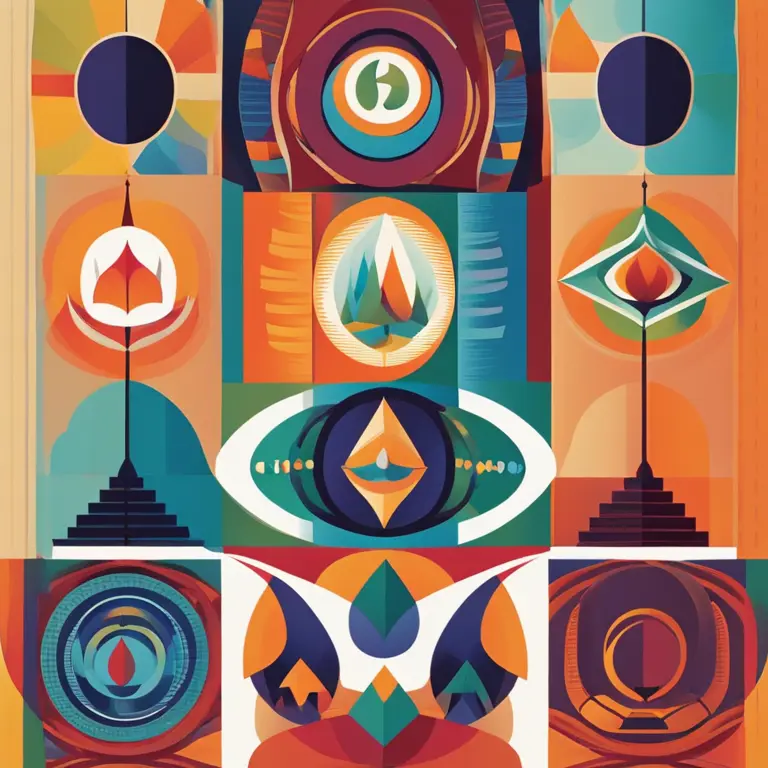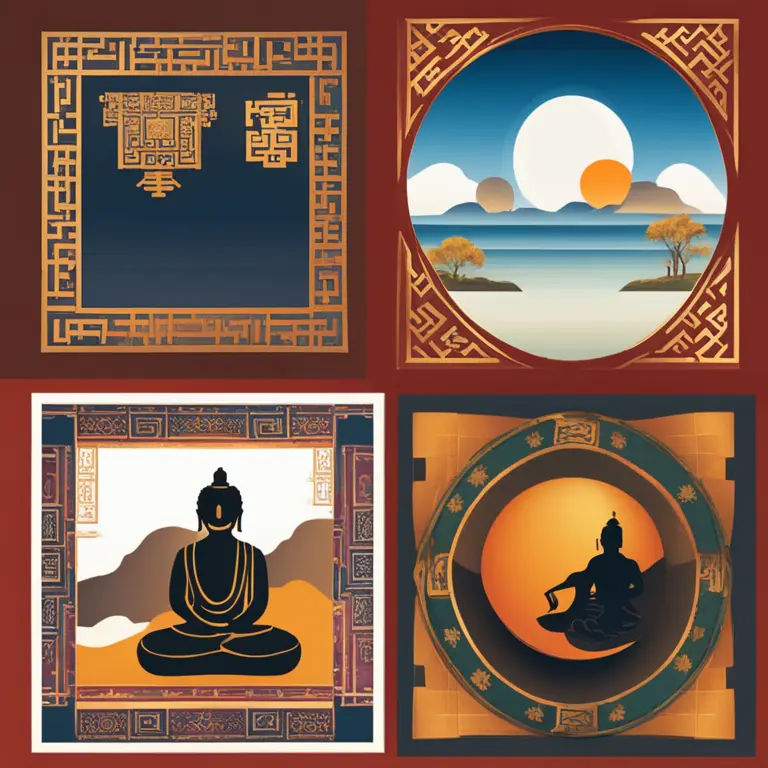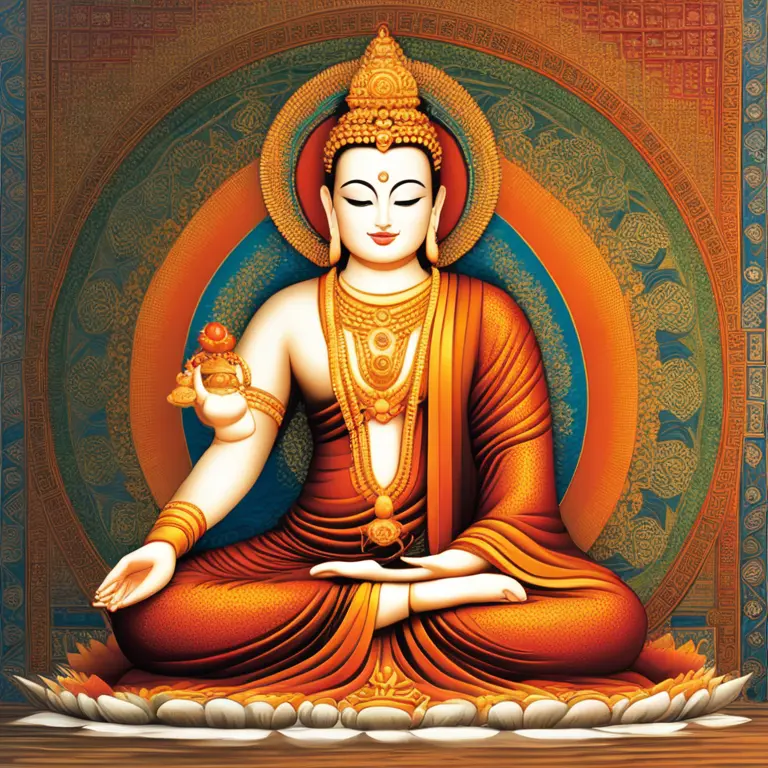
The Origins of Meditation: A Historical Handbook
Delve into the ancient beginnings of meditation as we trace back its roots across different cultures and learn about its evolutionary journey to modern practice.
article by Hina Kurosawa
The Dawn of Meditation
Meditation, as a practice, is as ancient as civilization itself, with origins shrouded in the mists of time. The earliest recorded evidence suggests meditation was a vital component of the Vedic tradition, dating back to around 1500 BCE in India. These primary forms of meditation were intricately tied to the religious and philosophical systems of Hinduism, particularly within the contemplative and introspective practices described in the Vedas, the oldest scriptures of Hinduism. It was here that meditation began its journey, evolving into various forms that would gradually spread across cultures and continents.

Global Proliferation and Adaptation
While India is often revered as the cradle of meditation, similar practices were independently appearing across the globe. By the sixth century BCE, forms of meditation were being practiced in the Taoist China and Buddhist India. The Buddha, Siddhartha Gautama, is known for his meditation under the Bodhi tree, which led to enlightenment and the subsequent spread of Buddhism. Taoists, on the other hand, pursued internal alchemy and tranquility through meditative techniques. These initial threads crossed borders and were adapted into a myriad of practices, each with its own regional signature.

Meditation in the West
The Western encounter with meditation can be attributed partly to the explorers and scholars who brought back knowledge from the East. Additionally, invasions and trade routes facilitated a cultural exchange that introduced the West to Eastern philosophies and practices. Western contemplative practices have also been influenced historically by Judeo-Christian traditions, such as the meditative reading of scriptures or the monastic rhythms of prayer and work, which bear semblance to the meditative state sought in Eastern practices.

The Scientific and Popular Resurgence
With the rise of the globalized world and scientific inquiry, meditation witnessed a dramatic resurgence in the 20th century. The counterculture movements of the 1960s and 1970s, along with influential figures like the Maharishi Mahesh Yogi, who introduced Transcendental Meditation, played a significant role in this renaissance. As mental and physical health benefits became the subject of research, meditation transitioned from being viewed as a purely spiritual or religious act to a therapeutic and wellness practice, gaining widespread acceptance.

The Modern Integration
Today, meditation has been thoroughly integrated into modern life as a tool for relaxation, self-improvement, and health enhancement. Practices such as mindfulness meditation have been secularized and are employed within corporate wellness programs, educational systems, and even the military. Digital platforms, such as apps and virtual communities, have further democratized access, allowing more people than ever to explore various meditation techniques and integrate them into their daily routines.
A Continuous Evolution
The journey of meditation is far from over. As neuroscience continues to uncover the impacts of meditation on the brain, society's approach to the discipline evolves as well. Future applications may see meditation integrated with technology, such as virtual reality or biofeedback mechanisms, enhancing the accessibility and depth of the meditative experience. The narrative of meditation is one of continual adaptation—imbued with historical wisdom yet perennially new and unfolding in contemporary contexts.
Published: 1/14/2024
Modified: 1/15/2024
More predictions
Come back here soon to learn more about yourself and your future


Calming the Storm: Mindfulness Meditation for Anger
Discover how mindfulness meditation can be a powerful tool for anger management, promoting inner peace and emotional balance.


Mindfulness Meditation: A Handbook for High Schoolers
Discover how mindfulness meditation can benefit high school students, enhancing focus, reducing stress, and promoting overall well-being.


Easing Loneliness with Meditation
Discover how mindfulness meditation can provide solace and connection to mitigate feelings of loneliness, enhancing emotional and mental well-being.